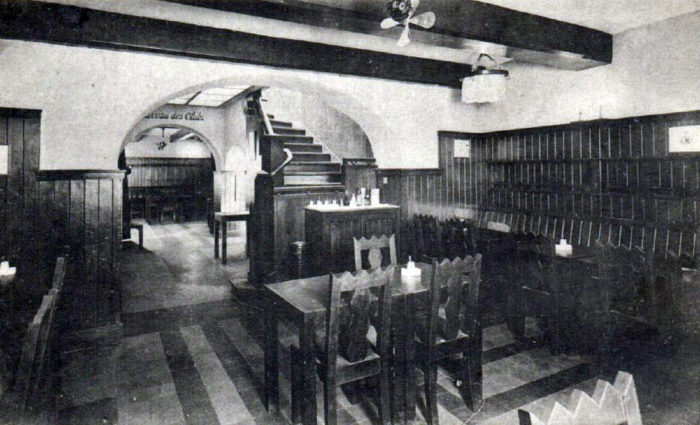It was also home to a large community of expatriate writers from around the world. Ernest Hemingway, hired as a foreign correspondent for the Toronto Star, moved to Paris with his first wife Hadley in 1922 and made his first residence in a small upstairs apartment at 74 rue du Cardinal Lemoine. He remained until 1928, when he left with his second wife, Pauline. While there he wrote and published his first novel, The Sun Also Rises. Others in the literary expatriate community included the poet Ezra Pound, the writer and art patron Gertrude Stein, and the English poet, critic novelist and editor Ford Madox Ford.
In 1920, the Irish author James Joyce received an invitation from the poet Ezra Pound to spend a week with him in Paris. He ended up remaining for twenty years, writing two of his major works, Ulysses and Finnegans Wake. After the war began, in late 1940, he moved to Zurich, where he died. The Russian émigré Vladimir Nabokov lived in Paris from 1937 until 1940, when he left for the United States. Eric Arthur Blair, better known under his pen name George Orwell, lived in 1928 and 1929 on the rue du Pot de Fer in the fifth arrondissement, where he worked as a dishwasher in a Paris restaurant, an experience he immortalized in Down and Out in Paris and London.
An important meeting point for expatriate writers was the bookstore Shakespeare and Company (not to be confused with the modern bookstore of that name near Place Saint-Michel), first located at 8 rue Dupuytren from 1919 to 1922, and then from 1922 to 1940 at 12 rue de l'Odeon. It was run by the American Sylvia Beach. Hemingway first met Ezra Pound here, and Beach published Jame's Joyce's Ulysses, which was banned in Britain and the United States.
Pablo Picasso was perhaps the most famous artist in Paris, but he shared the spotlight with a remarkable group of others, including the Romanian sculptor Constantin Brâncuși, the Belgian René Magritte, the Italian Amedeo Modigliani, the Russian émigré Marc Chagall, the Catalan and Spanish artists Salvador Dali, Joan Miró, Juan Gris, and the German surrealist and Dadaist Max Ernst. Several major artistic movements flourished in Paris at this time, including Cubism, Surrealism, and Art Deco. The American art patron Gertrude Stein, resident in Paris, played an important role in encouraging and buying works of Picasso and other artists of the period.
Crystal Cubism was featured in major exhibitions at Léonce Rosenberg's Galerie de L'Effort Moderne.[43] Rosenberg became the official dealer of the Cubists, purchasing works, in addition to those he already owned, by artist such as Jean Metzinger, Albert Gleizes, Fernand Léger, Joseph Csaky, Henry Laurens, Georges Valmier and Henri Hayden.[44] Picasso eventually switched to his brother Paul Rosenberg's gallery, who would become his dealer Entre Deux Guerres.[44]
theculturetrip/paris/gay-paris-20th-century-lesbian-culture-in-the-city-of-love/



Geen opmerkingen:
Een reactie posten